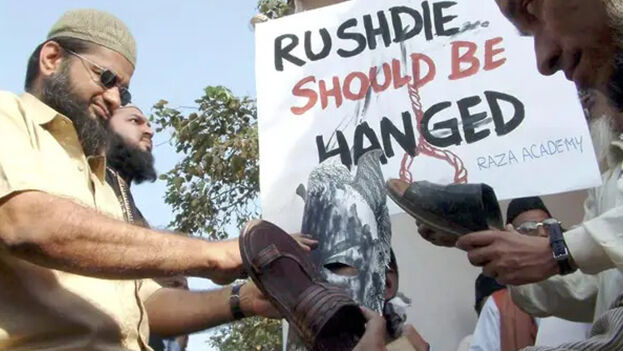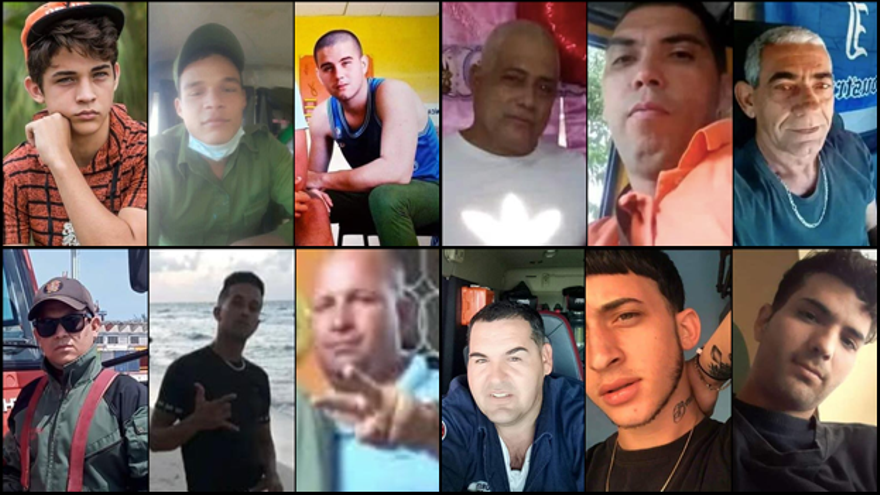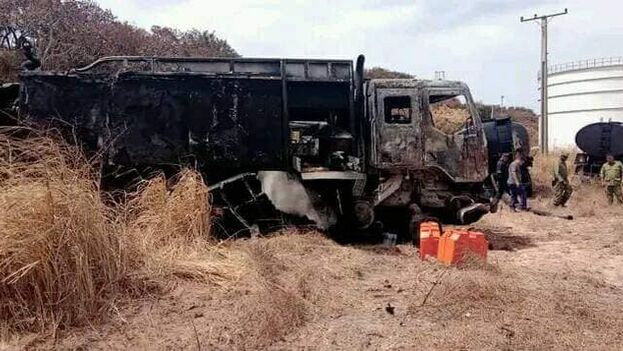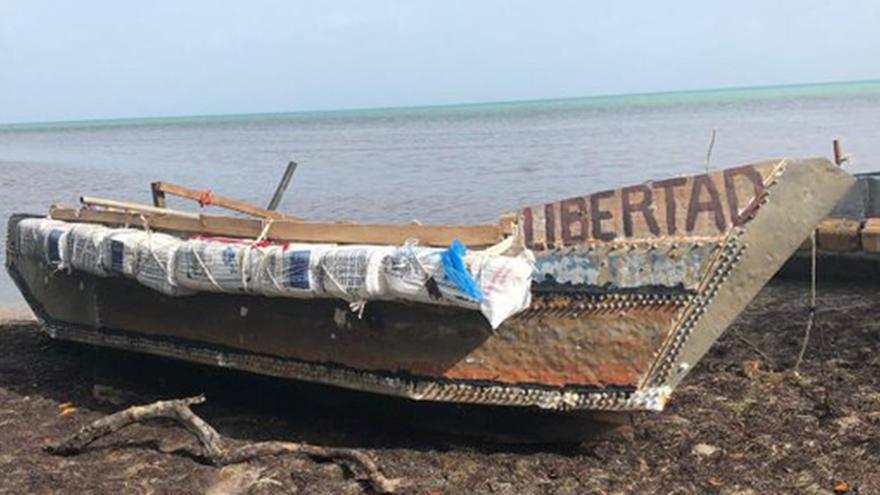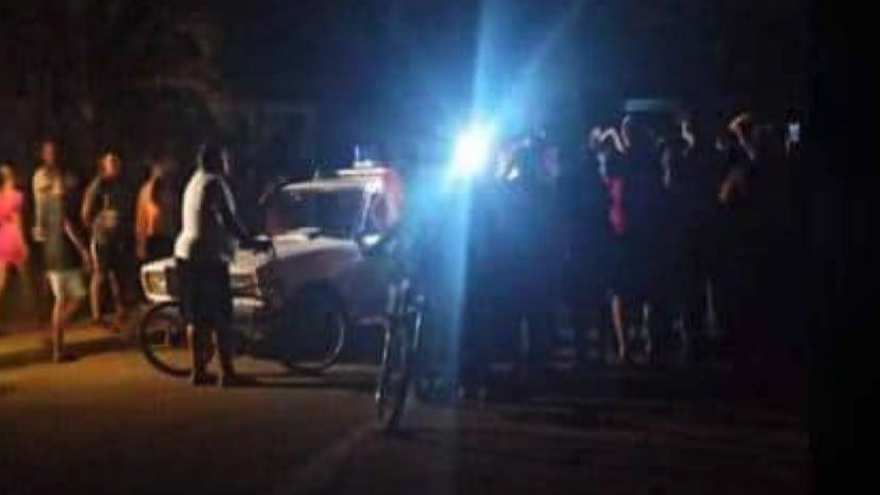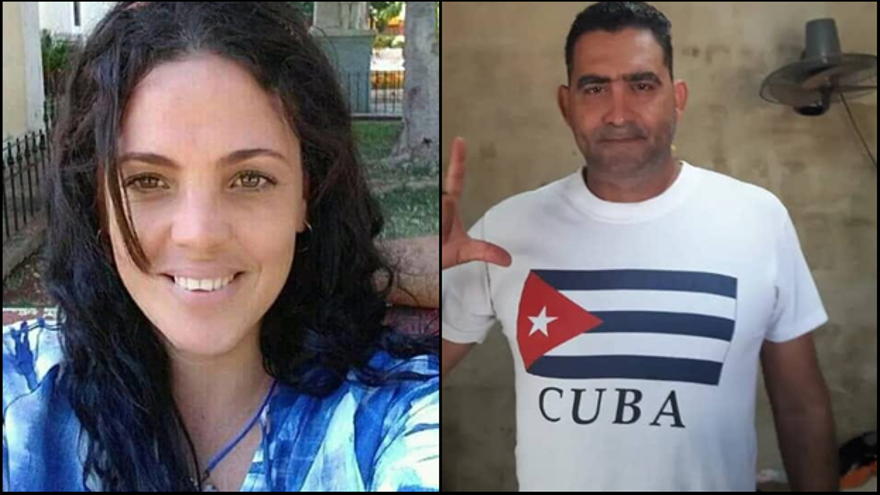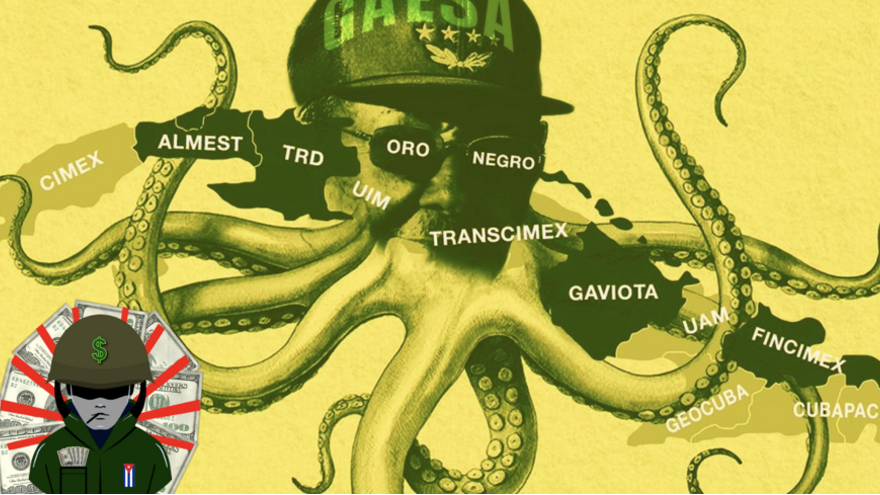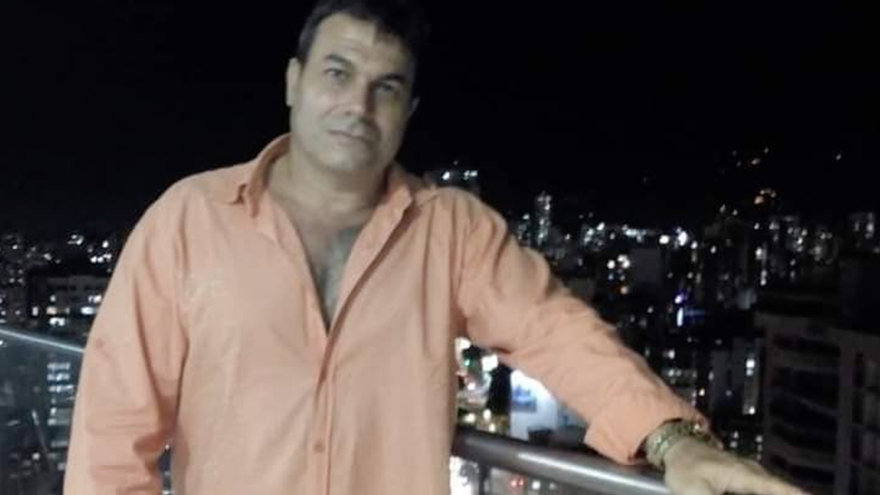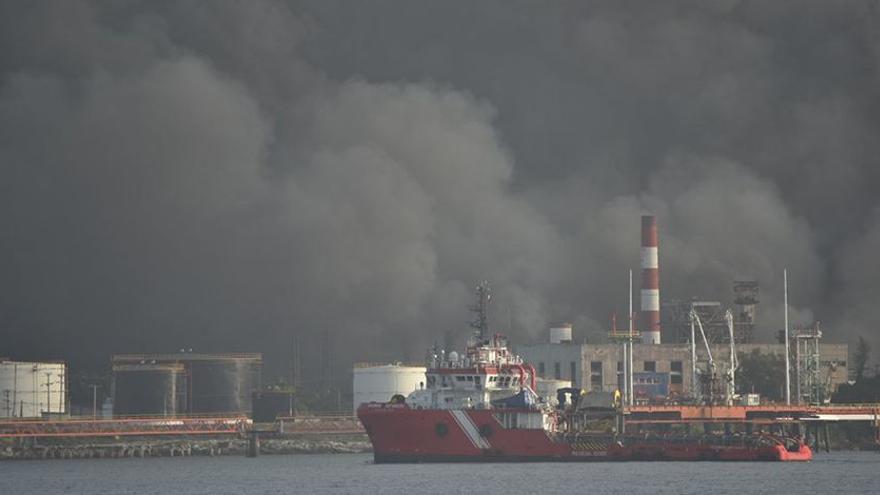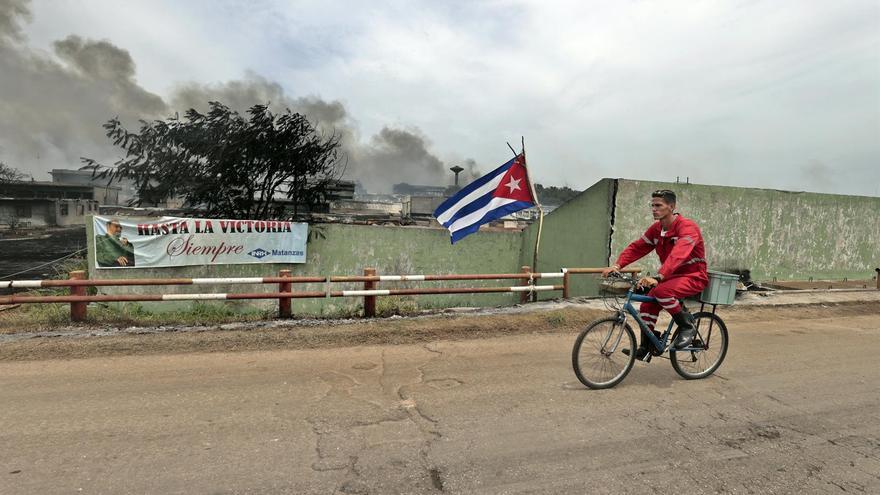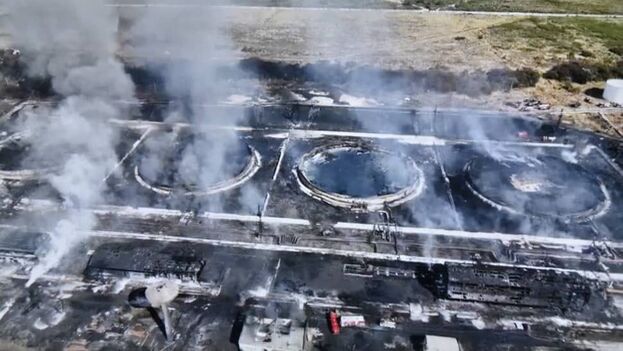
![]() 14ymedio, Elias Amor Bravo, Economist, 14 August 2022 — In the second year of the Ordering Task,* the Cuban communist regime has gone a step further in the line of formal banking procedures for economic transactions with the publication of Resolution 123/2022 of the Central Bank of Cuba, which updates the processes of issuance, use and the processing of payment card transactions. In essence, a set of mandatory rules is established for those who want to operate with “plastic money.”
14ymedio, Elias Amor Bravo, Economist, 14 August 2022 — In the second year of the Ordering Task,* the Cuban communist regime has gone a step further in the line of formal banking procedures for economic transactions with the publication of Resolution 123/2022 of the Central Bank of Cuba, which updates the processes of issuance, use and the processing of payment card transactions. In essence, a set of mandatory rules is established for those who want to operate with “plastic money.”
The focus on banking [versus all cash transactions] in the Cuban economy has been announced on numerous occasions by communist leaders, who are obsessed with the high ratio of money in circulation — known as ’M2’, a measure of the money supply that includes cash and readily available deposits — relative to the GDP. This ratio reached as high as 91% in 2020, to fall to 57% in 2021. However, this data has to be evaluated with extreme care, since it includes the combined effects of monetary unification and inflation, so it likely was not, in fact, so low, but it continues to worry the leaders.
Why do communists want to ’bank’ the economy — that is shift from an economy that operates primarily in cash?
Basically, for two reasons, and both are in the interest of the regime and have little to do with the well-being and prosperity of Cubans.
The first is that the expansive circulation of paper money is a dangerous part of the inflationary spiral. In fact, in the Cuban economy, the acceleration of the GDP or CPI deflator since 2019 had a lot to do with the abundance of cash, especially in the hands of the public. continue reading
Much of the responsibility for this situation lay with the communist regime in authorizing wage increases without concurrent increases in productivity, which increased the amount of money without increasing the availability of goods and services. Inflation produced from this situation became the economy’s response to very serious errors in terms of wages and pensions.
Therefore, the reduction of cash in circulation, through moving money to banks seemed an option to be developed. Unfortunately, there is no information available on what percentage of monetary circulation continues to materialize through cash in the hands of the public, and what percentage flows through banks, but it’s estimated that the former can be around 80% of the total. The interest of the regime is to control the latter, where higher value-added products and services move. They believe moving to magnetic cards makes it easier, or so they think. It remains to be seen if they succeed.
The second reason is in the DNA of the communist regime. Banks are an instrument of party and state control. They inform, control, and handle customers’ personal information at will. There is no level of protection for personal data in Cuba as in other countries of the world. Cuban banks are empowered to ask customers about the origin and/or destination of the funds they are going to dispose of, a practice that breaks with the elementary principles of bank secrecy.
So, having most of the productive money in the “banked” economy, allows the regime to tighten its control mechanisms over the banks in question. This is one of the aspects that causes widespread mistrust among Cubans towards the banking system, regardless of bank runs, confiscations and other similar practices in these 63 years of communist rule.
The truth is that the leaders want to get away with it, and in recent years they have done their homework regarding how to shift the economy to banks (versus cash), paying salaries and pensions by transfers in a large part of state companies and agencies in the budgeted sector, thus breaking the dependence on the “cash envelope” that was the main monetary link of the population. But is that payment by transfer enough for people to use payment, debit or credit cards?
As always happens with these things, the communist regime wants to impose, through resolutions, economic behaviors that don’t exist in reality, and, as a result, instead of achieving the objective, it ends up encountering the most absolute rejection of the measures imposed by economic agents.
This time the same thing is going to happen, no matter how much the state press supports the campaign. Cuban communists don’t quite know that before imposing a mandatory legal framework, you have to take a moment to see if what you want to regulate already exists in reality. They don’t. They throw themselves into the dry pond and then crash. Resolution 123/2022 of the Central Bank of Cuba (CCB) will be a good example.
The rule is redundant, and, so to speak, it says things that are already known. For example, everyone knows that the power of the Central Bank is to “exercise the regulation and surveillance of the country’s payment systems and dictate the rules of operation, in order to ensure that they function efficiently, within adequate levels of security for participants and the general public.” But is it really dedicated to it or is it just print on paper? Is there a study that reveals the efficiency of the Central Bank in ensuring the proper functioning of payment systems? I don’t know of any.
The relevance of the bank card in its different modalities, which the resolution has opened to the maximum, should be based on a prior knowledge of what percentage of Cubans use that means of payment and, above all, which segments of society, and going a little further, what they use the card for. And more importantly, the state of banking technology that allows operations with plastic money should be investigated. That way no one would get surprises.
The resolution refers surprisingly to “participants who act under license as issuers, payment transaction processing centers and payment card acquirers” as if they want to convey the idea that in addition to banks there may be others that issue cards. It may be causing a real proliferation of plastic money that ends up generating more problems than solutions. The procedure is also simple, if other standards within the Cuban communist regime are taken into account.
In this sense, the concern for the prevention and detection of operations in the fight against money laundering, financing, terrorism, the proliferation of weapons and the movement of illicit capital boasted by the regime should be extended to all types of banking operations and not just cards.
This will be a process to follow over time, because it has just begun. The Cuban communists’ objective of ’banking’ the economy is hampered by the logical and justified fear of citizens of the banking system, and what is even worse, the scarce tradition of Cubans’ relations with their banks. A tradition that was broken in 1959 with the confiscations and expropriations of funds, deposits and all kinds of financial operations of Cubans in the banks that existed in Cuba at the time. Wanting to erase all that with the stroke of a pen, as if it hadn’t happened, will not be easy. There are still many of us left to remember that dark episode of our history.
*Translator’s note: The “Ordering Task” is a collection of measures that include eliminating the Cuban Convertible Peso (CUC), leaving the Cuban peso as the only national currency, raising prices, raising salaries (but not as much as prices), opening stores that take payment only in hard currency which must be in the form of specially issued pre-paid debit cards, and a broad range of other measures related to different elements of the Cuban economy.
Translated by Regina Anavy
____________
COLLABORATE WITH OUR WORK: The 14ymedio team is committed to practicing serious journalism that reflects Cuba’s reality in all its depth. Thank you for joining us on this long journey. We invite you to continue supporting us by becoming a member of 14ymedio now. Together we can continue transforming journalism in Cuba.

